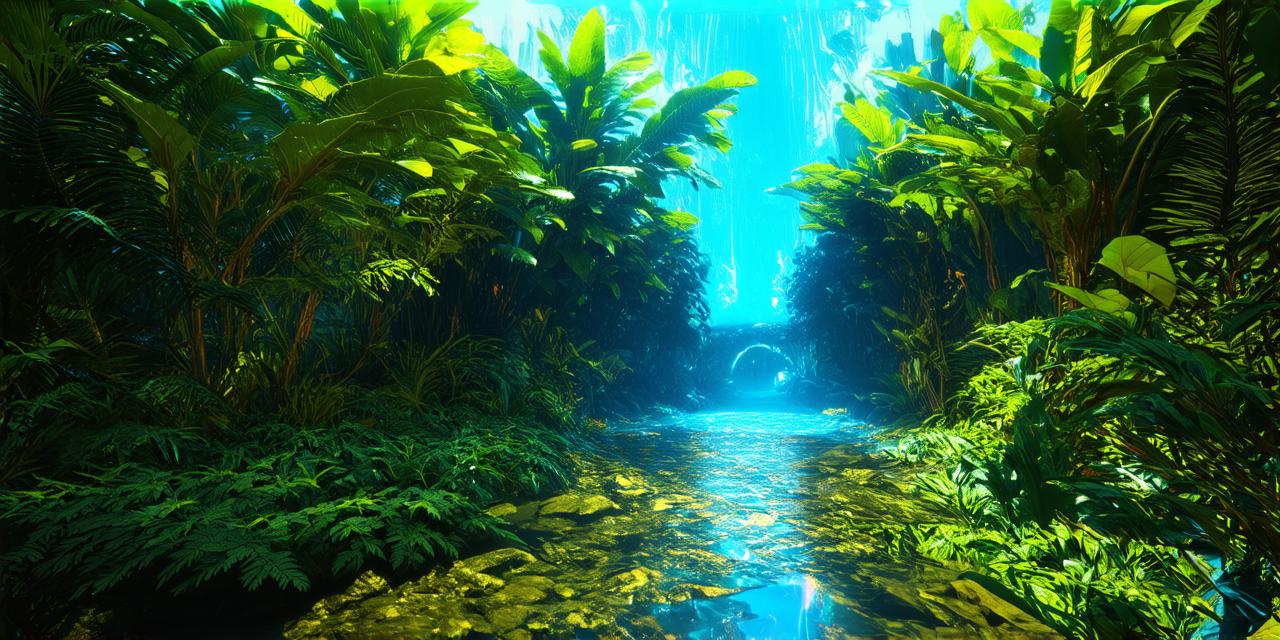Virtual reality (VR) is an ever-evolving technology that has captured the imagination of developers and consumers alike.
From gaming to healthcare, virtual reality has the potential to transform industries and revolutionize the way we interact with the world around us. As a VR developer, staying up-to-date on the latest advancements in the field is crucial to creating immersive experiences that engage users and push the boundaries of what’s possible.
1. Wireless VR Headsets
One of the biggest advancements in virtual reality technology has been the development of wireless headsets. Gone are the days of cumbersome cables that tether users to their computers or gaming consoles. With wireless headsets like the Oculus Quest 2, developers can create experiences that are both more immersive and more convenient for users.
Wireless headsets also offer greater freedom of movement, which is particularly important for applications in healthcare, education, and training. For example, surgeons can use wireless VR headsets to practice procedures in a simulated environment, while students can explore historical sites or scientific concepts in a safe and controlled environment.
2. Eye-Tracking Technology
Another exciting development in virtual reality is the integration of eye-tracking technology. This technology allows VR headsets to track the movements of a user’s eyes, enabling developers to create more realistic and intuitive interfaces.
For example, if a user is looking at an object in a virtual environment, the developer can use eye-tracking technology to adjust the position and orientation of that object to match the user’s gaze. This creates a more natural and immersive experience for the user, as they are able to interact with objects in a way that feels more intuitive and realistic.
3. Haptic Feedback
Haptic feedback is another important development in virtual reality technology. It refers to the use of tactile sensations to enhance the VR experience. For example, a user might feel a vibration or resistance when they interact with an object in a virtual environment.
Haptic feedback can be particularly useful for applications in healthcare, where it can help simulate real-world medical procedures and provide tactile feedback that helps users develop better hand-eye coordination and fine motor skills.
4. Augmented Reality (AR) Integration
Virtual reality technology is often used interchangeably with augmented reality (AR), but while they share some similarities, they are distinct technologies. AR refers to the integration of virtual elements into the real world, creating an enhanced reality that blends digital and physical components.
Recent advancements in AR technology have enabled developers to create more seamless integrations between virtual and physical environments. For example, a user might use an AR app to visualize a piece of furniture in their home before buying it, or they might use an AR app to explore a historical site while wearing a VR headset.
5. 8K Resolution Displays
One of the biggest challenges facing virtual reality technology is the lack of high-resolution displays that can deliver immersive visuals without causing motion sickness or fatigue. Recent advancements in display technology have enabled developers to create 8K resolution displays, which offer four times the resolution of standard HD displays.
8K resolution displays are particularly useful for applications that require high-fidelity graphics, such as medical training or architectural visualization. By providing higher resolution visuals, these displays can help reduce eye strain and improve user comfort, leading to more engaging and immersive experiences for users.
6. Hand Tracking Technology
Hand tracking technology is a new development in virtual reality that allows VR headsets to track the movements of a user’s hands in real-time. This enables developers to create more realistic interactions between users and virtual objects, such as allowing users to grab and manipulate virtual objects with their hands.
Hand tracking technology can be particularly useful for applications in healthcare, where it can help simulate real-world medical procedures and provide tactile feedback that helps users develop better hand-eye coordination and fine motor skills. It can also be used in gaming to create more immersive and engaging experiences for players.
Conclusion
Virtual reality technology is constantly evolving, and developers who stay up-to-date on the latest advancements will be well positioned to create immersive experiences that engage users and push the boundaries of what’s possible. From wireless headsets to eye-tracking technology and haptic feedback, recent developments in virtual reality offer a range of tools and techniques that can help developers create more engaging and immersive experiences for their users.
ARGS:
